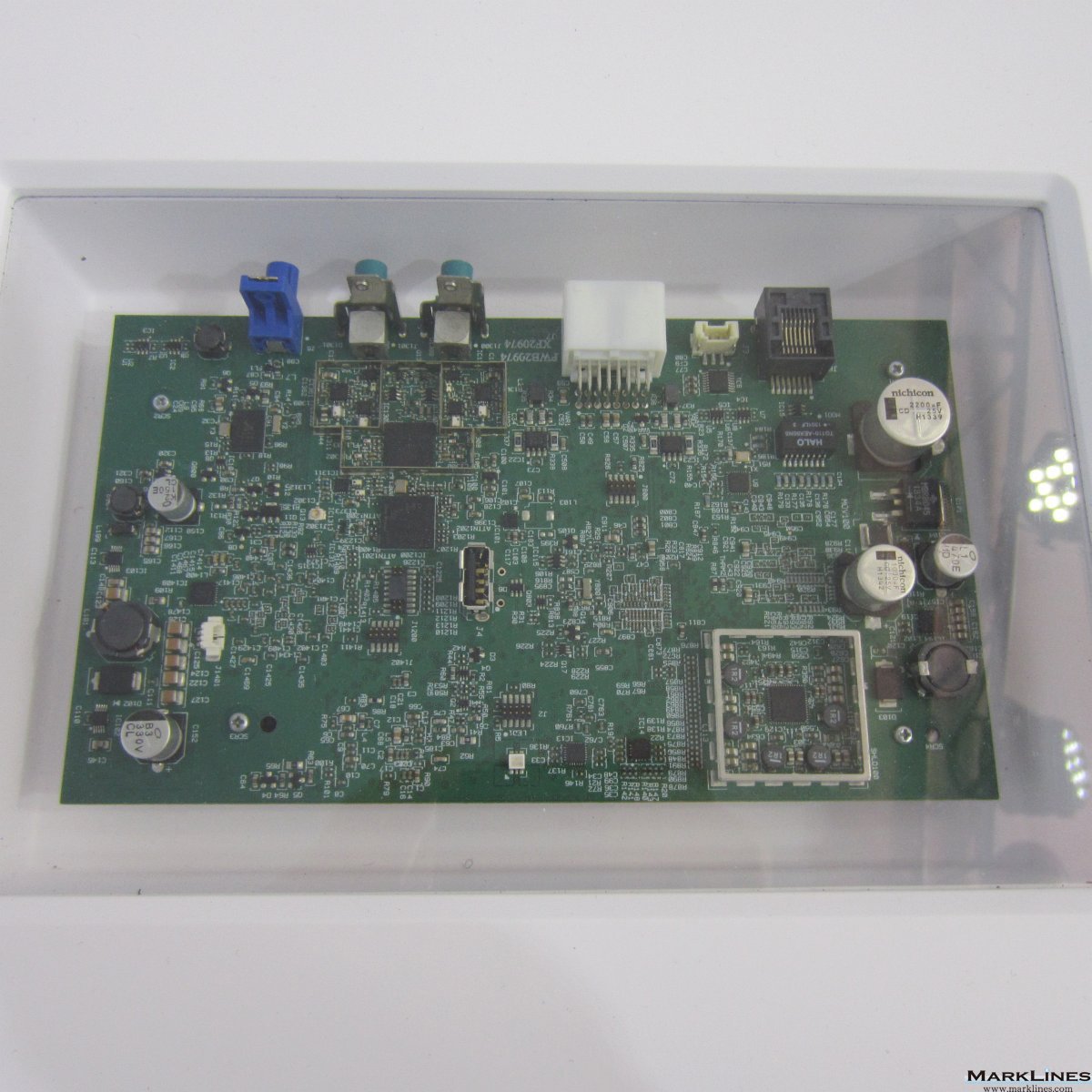
Halo Station Outdoor Wifi Usb Driver
Outdoor High Power Long Range USB 150Mbps Wifi Wireless Adapter With Antenna 10m. Features: Supports windows XP/ Vista/ windows7/Windows 8/ Linux / Mac High quality, stable & durable. Supports 150Mbps transmitting rate. Perfect alternative for Router.
Built-in high gain antenna for a wider wireless coverage. Compliant IEEE 802.11g/b/n technology. Equipped with a 10 meter premium shield USB cable. Specifications: Model: BL-WN1140AH Transmission rate: 150Mbps Frequency range: 2.4G Cable length: 10m Interface: USB Color: White Package Size: 28* 20*12cm Package weight: 800g Package list: 1 X USB wireless adapter with 10m cable 1 X Driver CD.
Jun 6, 2010 - I have just done extensive testing on two(2) of these Halo Stations. You will find an sma cable running from the top of the wifi receiver. You can easily just put the small AWUSO36H reciever in a plastic bag with some USB extensions. However you cannot simply put the halostation antenna outside. GeForce Game Ready Driver. 0; All versions. We provide full halo station outdoor wifi usb adapter driver for you pc, also. Realtek rtl8187 wireless driver; Halo.

If Windows Has the Drivers In most cases, Wi-Fi adapters are simply plug-and-play in Windows 10. Windows contains minimal drivers for many devices so you can get online without downloading the driver separately. In this example we’ll be installing a TP-Link Archer T2UH AC600 USB networking adapter, which Windows 10 already has a driver for. Medal of honor allied assault mac download free. Armor on dawn richard rare.
When you insert your USB and once you’re online you can download the updated drivers either from the manufacturer’s website, or through the Windows Device Manager, as we’ll explain in the next section. Once Windows 10 installs the drivers, one of either two things will happen: If you have a functioning wireless adapter already, Windows 10 will automatically set the new adapter to “Wi-Fi 2” as the secondary backup network. To switch from one network to the next, you can do so by first clicking the Wi-Fi icon from your taskbar, then choosing Wi-Fi 2 from the drop-down menu at the top of the wireless network list. Once this is selected, simply re-connect to the network you were previously on, and you’re done.
If you don’t have a separate wireless networking device installed, Windows will automatically treat the USB adapter as the primary adapter, and you can connect to a wireless network the same as you would otherwise. If Windows Doesn’t Have the Drivers RELATED: Although it’s rarer in Windows 10 than it was in previous versions, there are still a few instances where the operating system may not have the drivers ready for your adapter by default. If this happens to you, there are two methods you can use to get them properly installed. Use the Included Driver CD The first and most obvious solution in this scenario is to use the driver CD that the wireless adapter was shipped with.
Almost all wireless adapters released within the past ten years will come with an automatic setup on the install disc. Once you put the CD in, it will run a program that both installs the drivers for the adapter, as well as giving you the the option to install a third-party wireless tool to help you search for networks. In general, it’s a good idea to let Windows take care of this task. Third-party software that tries to do something Windows can handle on its own will just weigh your system down. Download the Drivers on a Separate Computer If you’ve lost the original driver CD the adapter came with or your laptop doesn’t contain an optical drive to install it, there’s one more workaround you can try. Optimally, your laptop will already come with a functioning internal wireless adapter that you can use to go online and find the required drivers.
If not, you can use a separate computer to download the drivers. To do this, visit the manufacturer’s website, go to their Support or Drivers page, and find the most recent package that contains the necessary drivers. Download the driver and transfer the file onto a USB flash drive, and then plug that flash drive into the laptop you want the adapter installed on. Drag the files from the flash drive to a local folder on the laptop (we put it in our Documents under a folder called “My Wireless Driver”). If they’re in a compressed file, be sure to extract it first. Open up the Windows Device Manager by right-clicking your Start menu, and selecting it from the following menu: Once here, find the name of your adapter listed underneath the “Network Adapters” section. Right-click on it, and select “Update Driver Software” from the following drop-down menu. This will take you to the Driver Update wizard.